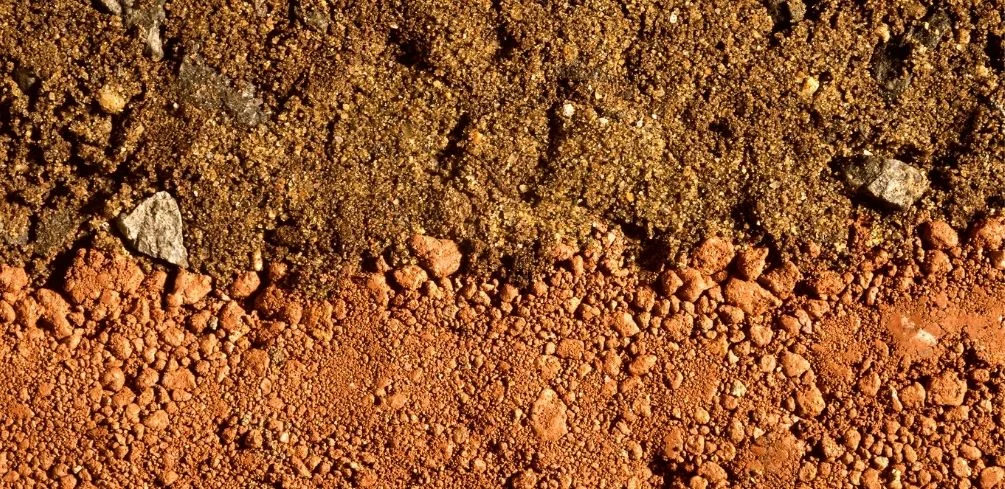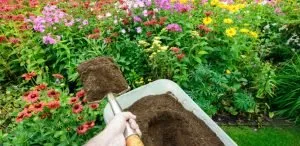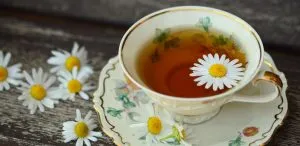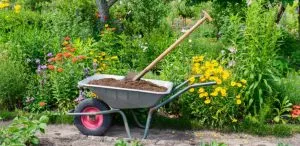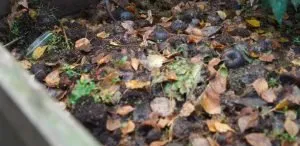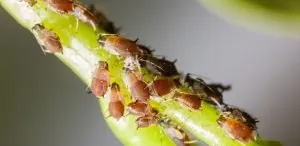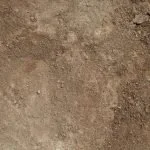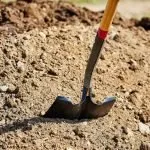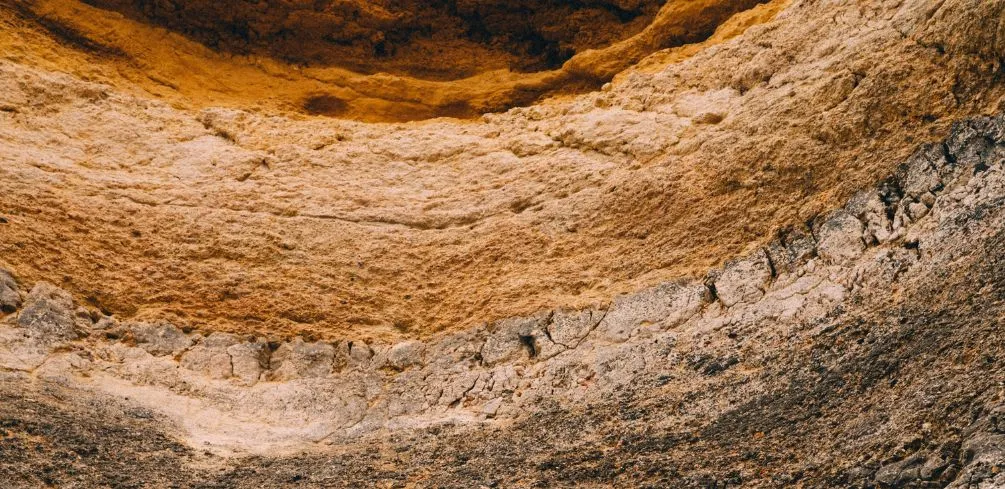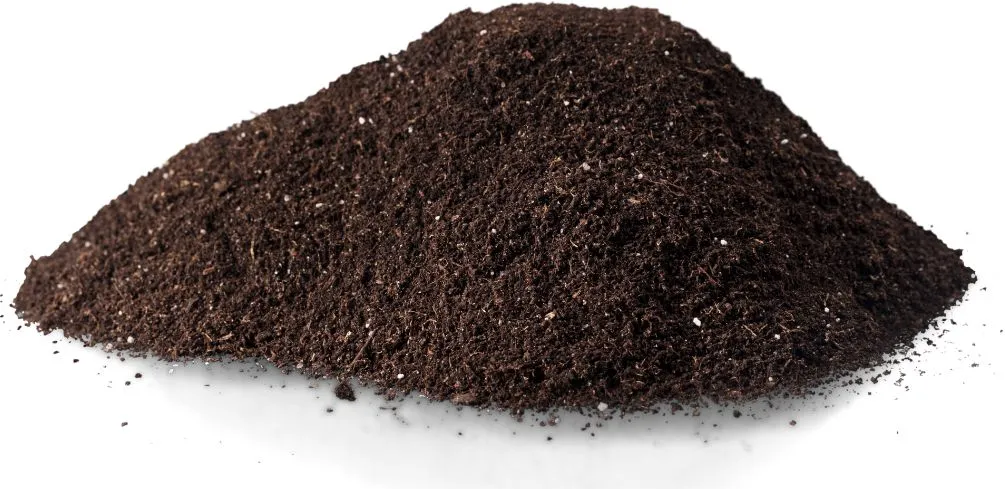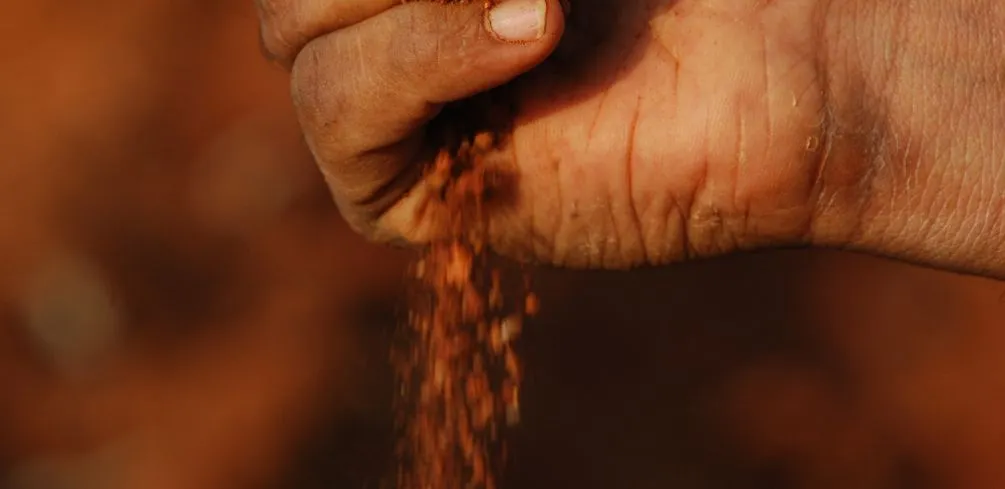Soil is composed of much more than just sand, silt, and clay particles. Strength and vibrancy in plant growth are supported by the soil’s complex system of organic and biological interactions. Dirt, on the other hand, does not contain any of the mineral deposits, nutrients, or living organisms that can be found in soil, whereas soil does.
Many people use the words dirt and soil interchangeably. These two terms do not mean the same thing, and in this article, we will be looking at the difference between them.
Is Soil The Same Thing As Dirt?
Soil is not dirt, and it is not a pollutant that must be removed from the environment. It’s also worth noting that soil is composed of much more than just sand, silt, and clay particles.
Strength and vibrancy in plant growth are supported by the soil’s complex system of organic and biological interactions.
Dirt, on the other hand, is made up of sediments, clay, and sand, and it can have a rough texture. Dirt does not contain any of the mineral deposits, nutrients, or living organisms that can be found in soil, whereas soil does.
What is Dirt?
Dirt does not have the same level of organization as a well-organized ecosystem. To put it another way, dirt is either dead soil or earth that has been displaced by other soil, humans, or animals. It may contain other things that are not soil, including pieces of wood, dead grass, plastic pieces, stones, etc.
Learn more about what is dirt and click here!
What is Soil?
Soil is defined as a naturally occurring matter that contains a diverse range of microbes and elements, ranging from solid minerals and organic matter to gases and liquids, all of which are present in the soil.
Soil takes up space and can be divided into different categories such as horizons or levels, each of which can be distinguished from the others by its characteristics. Transitions between soil layers, as well as the addition and removal of soil layers, are responsible for the formation of these structures in the landscape.
Composition Differences between Soil and Dirt
Soil contains a diverse range of different compounds at varying concentrations. Examples include hummus on the top layer, which provides a rich supply of nutrients and minerals for the plants that grow on it.
Even though dirt is a derived component of soil, it is fundamentally distinct from the soil. In soil, it is the dry and drab that takes the longest to become a part of the soil and is completely incapable of supporting any sort of life, whether plant or micro-organism.
Dirt could just be dust, grime, dung, or anything else that isn’t of any value to you at the time of cleaning. In contrast to organic or living matter, dirt contains only the bare minimum, if any, of organic or living matter.
In light of these considerations, dirt is not recommended for use in gardening or plantation applications.
Dirt in the natural world can be rocky in texture. There are no helpful nutrients or bacteria in common soil, which is why it is not necessary for the optimal growth of plants.
However, the soil is an excellent gardening material because it is high in nutrients and microbes and therefore contains a variety of beneficial organisms.
Dust, even when mixed with water, does not adhere to its surroundings properly, which results in the dust clumping together in round clumps when water is added to the mixture.
The distinction major between soil and dirt, however, is that soil has a variety of organic components, ranging from dead leaves to living earthworms, whereas dirt is completely devoid of life and contains no organic components. Soil is home to living organisms that have developed their ecosystem.
Role of Decomposition in the Dirt –Soil Cycle
As microorganisms, earthworms, and insects break down organic matter in the soil, they help to aerate it and add organic matter to it. Their waste, which acts as organic manure, helps to aerate the soil while also adding organic matter to it.
The carcasses of these organisms disintegrate into compost, which subsequently decomposes further to generate organic manure when they decompose in the same way.
Once being decomposed for an extended period, dirt may only be utilized as a planting medium after it has been revived by the addition of organic matter from the environment.
The additional organic material in soil contributes to the provision of necessary elements, such as food and nutrients, for the growth of the plant by increasing the amount of available organic material.
At any given time, the soil is always preferable to dirt in terms of quality. Because dirt cannot support the growth of any plant on its own, the soil should always be preferred over dirt in all situations.
Why Dirt Is Not Appropriate In Gardening
Dirt is not appropriate in gardening because it is devoid of life and unable to support plant life since it lacks the essential nutrients and water required for the healthy growth of plants. Soil, on the other hand, is abundant with minerals, nutrients, and organic material that makes it appropriate for gardening.
It is possible to see a large number of earthworms, protozoa, nematodes, fungi, and lots of minute bacteria in a handful of soil if you take a sample of it. With the same amount of dirt, it’s likely to be little more than a pile of rotting earth.
All of the organic material in the soil helps to improve the organic condition of the soil, making it more appropriate for cultivation.
A lot of living creatures are present in the soil at any given time, and they are constantly at work, contributing to the improvement of the soil structure and the production of minerals and nutrients for the benefit of plant health.
All of the things soil can do are impossible for dirt to accomplish because dirt lacks the essential elements for plant growth – organic matter – and therefore cannot support plant growth.
If you are a gardener, the quality of the soil is critical to the success of plant growth. In general, the better the soil health, the greater the likelihood of successful plant growth.
Why Soil Is the Best Choice in Gardening
The choice between dirt and soil might be pretty straightforward when considering the better plant health and growth that can be achieved by using dirt.
Because of the high organic content ratio of the soil, it is particularly well suited for use in planting and gardening activities of all kinds.
Soil, in contrast to dirt, which lacks humus, organic material, minerals, and nutrients, is unable to match these specifications.
Even though the addition of organic manure to dirt can improve its suitability for planting and gardening, it is not highly recommended due to the abundance of soil accessible on the market today.
What is Compost?
Some people confuse soil, dirt, and compost. Compost is the product of decaying plant waste and thus is only appropriate for use after it has entirely broken down.
Compost that has been allowed to decompose will have a black appearance and a rich, earthy fragrance.
Compost is always free of any traces of the biological materials from which it was formed in the past. If decaying vegetation can still be seen in the compost, this indicates that it has not yet completed its decomposition and that the nitrogen content in the compost is too high to be properly applied to or around plants.
In the breakdown stage, the compost will burn and will most likely damage the plants if it is applied to the soil. Composting time frames vary depending on the method used to compost, so if in doubt, allow the compost to sit for a longer time or test a tiny amount in a small potted plant before amending significant amounts of garden soil with compost.
Compost should be added to gardens every year to ensure that the soil remains rich in nutrients.
Final Thoughts
Soil and dirt don’t mean the same thing. While dirt may contain soil, it is often not useful and is often gotten rid of. It is important to understand the difference between the two terms, and hopefully, this article has helped you do just that.
